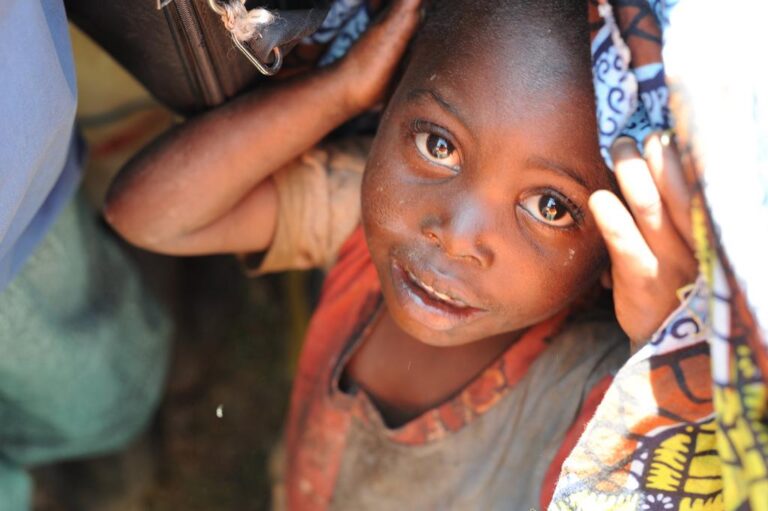Introduction
The battle against poverty is one of the most significant challenges facing the global community today. Many countries are making remarkable strides in reducing poverty levels. In this article, we will explore five countries that have successfully navigated this complex issue, demonstrating innovative solutions and robust policies.
1. Bangladesh: A Model for Economic Growth
Bangladesh has emerged as a beacon of hope in the fight against poverty. The country has achieved impressive GDP growth rates, significantly impacting poverty reduction. Through initiatives like microfinance and social protection programs, millions of citizens have shifted from poverty to a more stable economic status.
Innovative Strategies
The Government of Bangladesh has adopted innovative strategies to empower its citizens. Programs targeting women and marginalized groups have been particularly effective. By focusing on education and vocational training, the nation has equipped individuals with the skills necessary to thrive in a competitive job market.
2. Rwanda: From Genocide to Growth
Rwanda’s journey from devastation to economic growth is both inspiring and instructive. After the tragic events of the 1994 genocide, Rwanda has made remarkable progress in poverty alleviation. Policies promoting unity, governance, and economic productivity have led to significant improvements in living standards.
Community Empowerment
The Rwandan government emphasizes community-based initiatives. These programs encourage local involvement in decision-making and resource management. This participatory approach has been crucial for building trust and enhancing the quality of life for Rwandans.
3. Ethiopia: Agricultural Transformation
Ethiopia is undergoing a profound transformation driven by agricultural development. This sector holds the key to lifting millions out of poverty. By implementing policies aimed at improving productivity, the nation is charting a course towards economic stability and growth.
Investment in Agriculture
Investment in agriculture is crucial for Ethiopia’s strategy. Farmers receive training and access to resources to increase yields and incomes. This focus not only boosts food security but also enhances overall economic performance.
4. Brazil: Social Programs that Work
Brazil has been renowned for its effective social programs aimed at reducing poverty. With initiatives like Bolsa Família, the country has successfully lifted millions of its citizens above the poverty line. These cash transfer programs provide financial support to low-income families, improving their standard of living.
The Impact of Education
Education is a cornerstone of Brazil’s poverty alleviation strategy. By improving access to education and healthcare, the government is investing in future generations. This long-term vision is essential for sustainable development and poverty eradication in Brazil.
5. South Korea: Economic Miracle
South Korea’s rapid economic development is often referred to as the ‘Miracle on the Han River.’ From a war-torn nation to one of the world’s largest economies, South Korea has drastically reduced poverty. A focus on industrialization and education has empowered its citizens and fostered economic growth.
Education as a Catalyst
Education has been a catalyst for South Korea’s success. A highly educated workforce has driven innovation and productivity. This commitment to learning has transformed the educational landscape and led to impressive economic returns.
Conclusion: A Global Perspective
While these five countries have made significant progress in combating poverty, the fight is far from over. International cooperation and continued focus on effective policies are essential for sustaining these gains. To learn more about global efforts against poverty, consider reading more at The Borgen Project.

